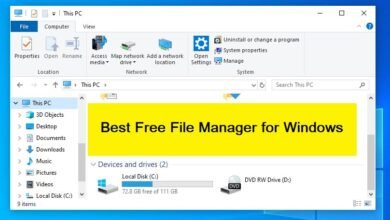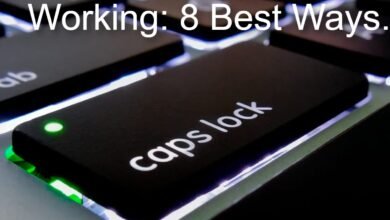Mac Question Mark Folder, How to Fix?

Mac Question Mark Folder, After turning on your Mac, you could occasionally see a question mark folder icon. This indicator indicates that your machine cannot boot into the OS because it cannot locate the startup disc.
This issue typically arises when your startup disc becomes corrupted or when the OS that was previously installed on it is no longer acknowledged by the computer. You must then either solve the underlying disc problem or completely reinstall the operating system.
In addition, these are all the explanations for why a question mark folder appears on your Mac:
- Equipment failure.
- Incorrect configuration of the system settings.
- Corrupted data in NVRAM.
- Defective starting disc.
Mac Question Mark Folder : How to Fix?
Your computer should be restarted first to see if the problem still exists. Hold down the power button for this until your machine shuts off completely. Then restart it and check to see if you can access the OS. If not, follow these instructions to resolve the problem.
Read More: How to Uninstall Apps in macOS/ Remove Apps From Mac

Mac Question Mark Folder, Choose the Proper Startup Disk.
You won’t be able to start the OS if the wrong drive is listed as a bootable disc in the System Preferences pane. Instead, you will receive a question mark folder. You must thus use the macOS utilities/recovery window to access the system settings in order to investigate and resolve this issue.
- The recovery mode for macOS.
- Click on Apple > Startup Disk in the navigation bar.
- Restart your computer after choosing the appropriate startup disc from the list.
- Your computer will now boot from the chosen disc.
Make Startup Disk Repairs.
Mac Question Mark Folder, Your Mac’s First Aid feature checks your startup drive for any indications of underlying disc problems and, if necessary, attempts to resolve them. The Disk Utility utility has a link to this.
- The recovery mode for macOS.
- Select Disk Utility.
- From the left sidebar, choose your startup disc. Its default moniker is Macintosh HD.
- Next, select First Aid.
- Accept the offer to do the test when prompted.
- Restarting your computer will make the process complete.
Update macOS to avoid startup problems in the future.
Your startup disc may malfunction due to compatibility difficulties and unstable firmware. Firmware updates are rapidly made available by developers to address these problems as well as provide new security measures to your computer.
Therefore, we advise you to update your system to latest firmware as soon as possible to avoid any further startup problems.
- Register on your Mac.
- Launch Finder.
- Go to Apple > About This Mac in the menu bar.
- Then select Software Update.
- Allow your machine to check the servers for any updated information.
- Click Update Now to update your system’s firmware if an update is discovered.
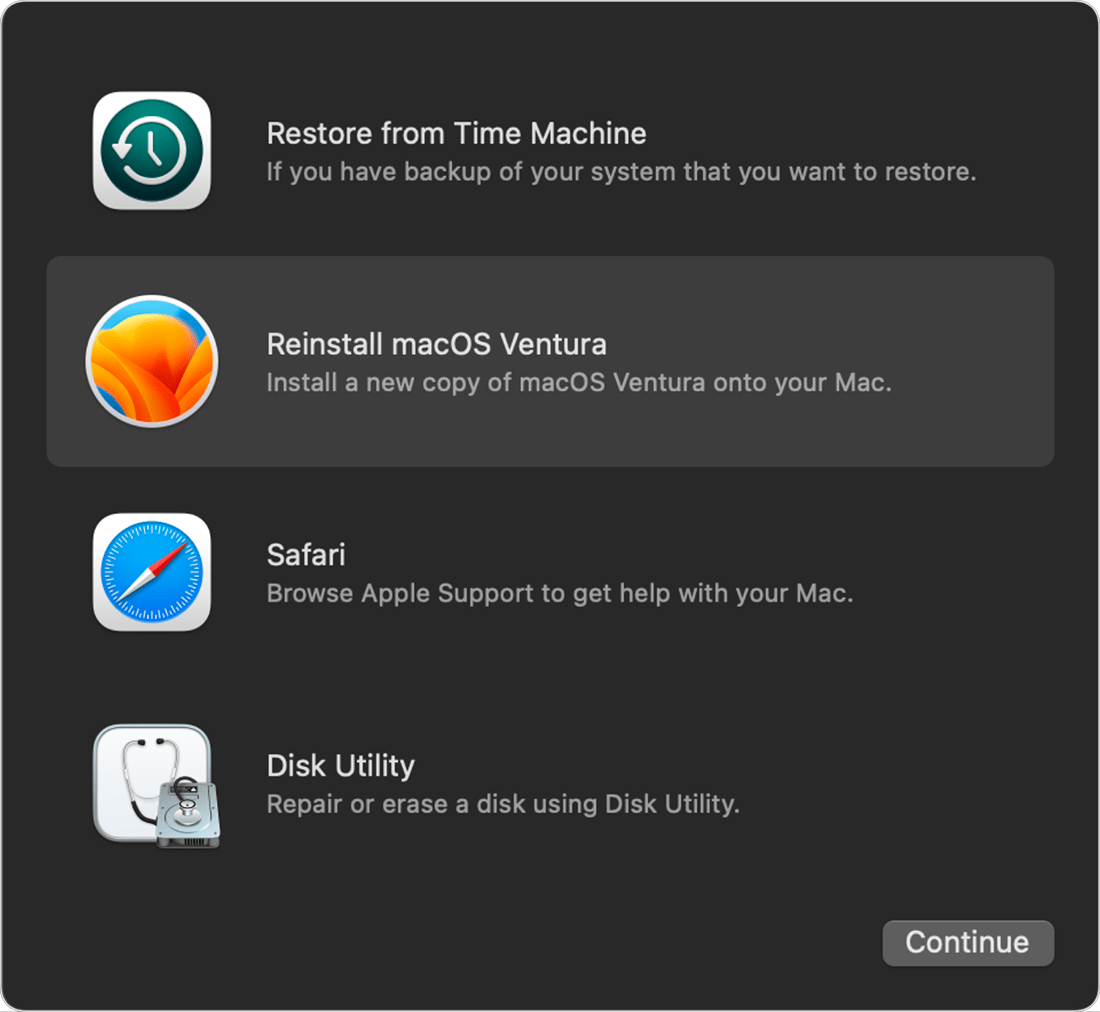
Mac Question Mark Folder/Clear the NVRAM.
Your system software, along with the associated interfaces, are under the control of the NVRAM. The NVRAM is used to store non-volatile data. In other words, even if the power goes out, they are not lost. However, these files are vulnerable to corruption, which can lead to a variety of problems on your system, including the one you’re currently experiencing.
You can easily reset your NVRAM to correct this.
- Deactivate your computer.
- Press Power again to restart the system.
- Hold press Command + Option + P + R on your keyboard as soon as possible.
- Hold these keys down until your system has fully booted up.
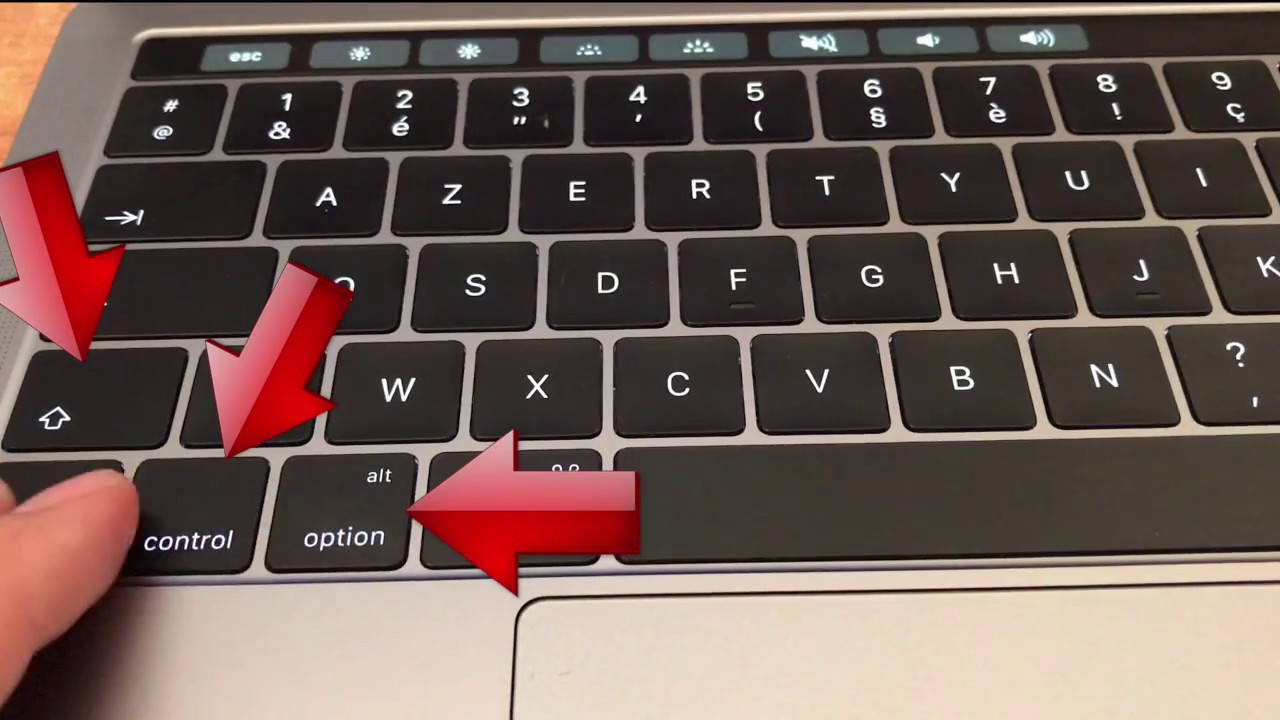
Install macOS again.
You must completely reinstall the OS if none of the aforementioned fixes worked. Keep in mind that to achieve this, you’ll need a working internet connection.
Additionally, you’ll be given the choice between setting up the OS without losing any data and wiping off all the data before reinstalling the OS. Whatever you decide to do, follow these steps to reinstall macOS:
Switch to recovery mode.
Next, select Reinstall macOS.
Black screen after installing macOS on a MacBook
- If prompted, enter your login password.
- To the installation screen after this.
- Accept all conditions and terms.
- To reinstall the OS without losing any data, select Macintosh HD on the Select the drive where
- you wish to install macOS screen.
- By erasing all of your previous files and folders, the system will reinstall the OS if you select Macintosh HD – Data.
- Press Install.
- Your system will automatically restart and load the OS after setup is finished.
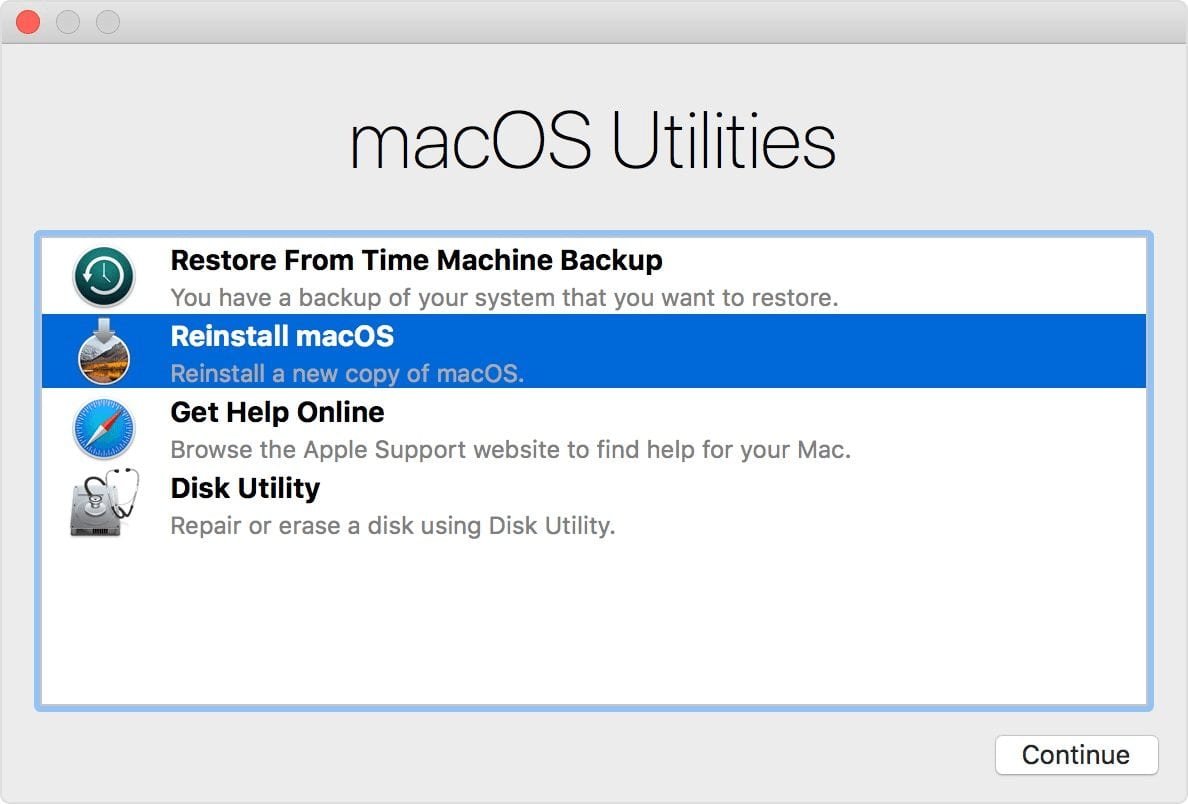
Maintain Your Mac
Mac Question Mark Folder, If reinstalling your operating system does not resolve the problem, hardware problems may be to blame for your startup disk’s malfunction. Anything can cause this problem, from a broken logic board to a bad hard drive cable or lifeboat connector.
However, it might be rather unsafe to open up your computer and examine the hardware flaws on your own. Therefore, we advise you to take your Mac to the local Apple service location or repair shop. If your system is still covered by Apple’s one-year guarantee for hardware repairs, you may not be required to pay for any repairs.




